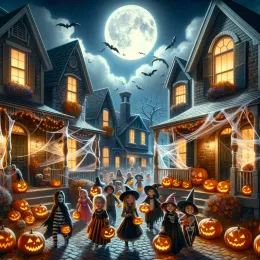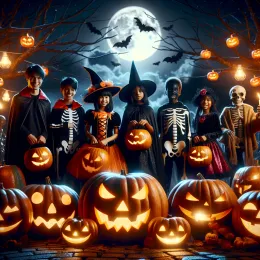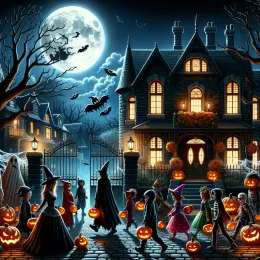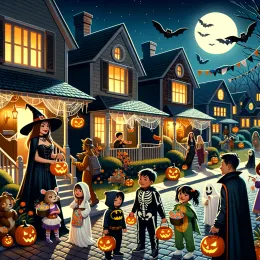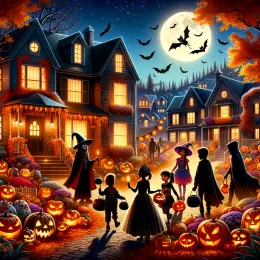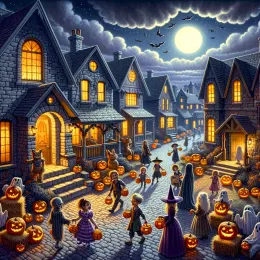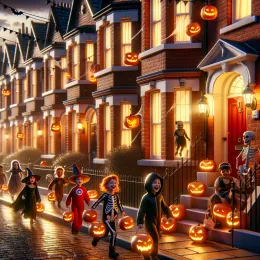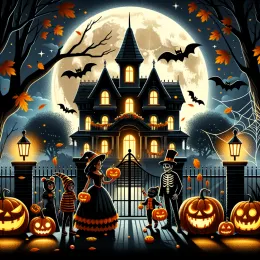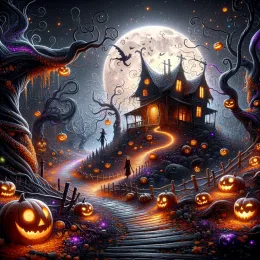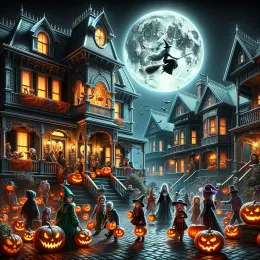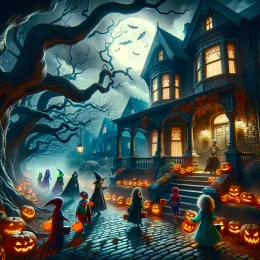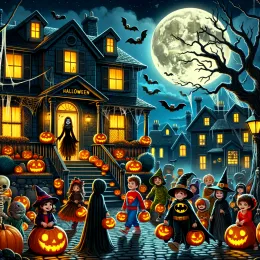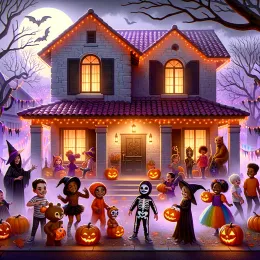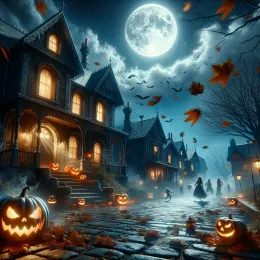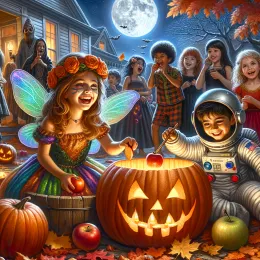





Create a card or greeting about Halloween with AI

Please wait 10–15 seconds while we create your unique greeting. This process ensures full personalization just for you! Do not leave or reload the page to avoid losing progress. Thank you for your patience!
Halloween has long since transcended its cultural origins and become a global evening of masks, lights, and friendly mystery. Its imagery — from glowing pumpkins to ghostly costumes — creates a special atmosphere of playful fear and storytelling. In this in-depth article, we’ll explore the origins, symbols, modern customs, and creative ideas that will help you make the night truly unforgettable.
Origins and Meaning: How It All Began
The roots of Halloween reach back to the ancient Celtic festival of Samhain — the transition from warmth to winter, from harvest to renewal. During this time, it was believed that the boundary between worlds grew thinner, and people performed rituals to protect themselves. The stories of spirits and fires were born from this belief.
Later, Christian tradition introduced All Hallows’ Eve — the night before All Saints’ Day — bridging pagan rituals with a new religious context. The merging of these customs created a dynamic tradition that combines remembrance, play, and mystery.
Samhain: The Night of the Threshold
Samhain marked the end of the agricultural cycle and the beginning of the dark half of the year. Fires, masks, and bonfires served both as protection and symbols of community unity. Hiding behind a mask was a way to deceive evil spirits and remain unseen.
The idea of a “threshold” — a time when rules soften — became the foundation of modern masquerades, when anyone can become someone else and explore new roles through costume and imagination.
Transformation and the Path to Popular Culture
Migration and cultural exchange carried these traditions across the ocean, where they gained new meanings and forms. Urban streets, cinema, and the entertainment industry gave the holiday its mass appeal. This is how a recognizable set of symbols — familiar worldwide — took shape.
What began as a local ritual evolved into a secular celebration that adapts easily: it feels just as natural in a small apartment as it does in a crowded street parade.
Symbols: The Language of the Autumn Night
Halloween’s symbols form a kind of visual language. Each item in the decorations or costumes holds its own story and meaning. Understanding these symbols helps you create more intentional and atmospheric celebrations.
Pumpkins, bats, witches, black cats, and cobwebs — they’re not merely decorations, but metaphors for cycles, balance, and the thin line between light and darkness. This is why they resonate so well in art, décor, and storytelling.
The Jack-o’-Lantern: A Guiding Light
The carved pumpkin with a candle inside is a symbol of protection and home warmth. A glowing face in the window or by the door tells visitors: here lives the magic of stories retold. The light in the dark becomes both an invitation and a guardian.
The shape of the face — smile or grimace — adds personality. By crafting one, you create your own “guardian spirit” of the house and set the mood of the evening — from playful to spooky.
The Black Cat and the Bat: Heralds of the Night
The black cat stands for independence and mystery, while bats symbolize twilight and transformation. These nocturnal creatures remind us that the night follows its own rhythm. Their silhouettes alone can define the mood of a scene.
When using such imagery, subtlety is key: a few details spark imagination, but too many symbols can overwhelm the visual harmony.
The Witch, the Broom, and the Moon: Archetypes of Flight
The witch represents knowledge and power, the broom — movement, and the moon — cycles and mystery. Together they create the timeless image of flight — a metaphor for freedom and transformation that has enchanted people for centuries.
In décor and costumes, this trio works perfectly: a pointed hat, a crescent moon, and a sweeping shadow instantly fill the space with magic.
How Different Countries Celebrate
Halloween adapts easily to local cultures. In some places, it’s a noisy street festival; in others, a family gathering or an art event. Exploring these variations helps us see how creativity breathes new life into shared traditions.
Paying attention to local customs makes the celebration richer. Some cities host parades, others organize cozy indoor nights — every version offers its own charm.
United States and Canada: Scale and Showmanship
In North America, Halloween is often a full-blown spectacle: decorated houses, themed parks, parades, and costume contests. Children and adults alike go door-to-door, while shop windows become elaborate stage sets.
The entertainment industry amplifies the rhythm — movies, series, music playlists — allowing everyone to choose their own “level of spooky,” from cute to chilling.
Ireland and the United Kingdom: Connection to the Roots
Here, the echoes of Samhain remain strongest: bonfires, old games, and apple traditions. Pumpkins light up windows, and autumn fairs fill the air with warmth and spice. The focus is on community and storytelling.
Evenings often center around board games and friendly gatherings — an atmosphere of comfort and heritage rather than spectacle.
Germany and Austria: Design and Detail
In these countries, people favor neat, thoughtful decoration — candles, wreaths, pumpkin arrangements. Halloween events are held in cafés, museums, and public squares, often with artistic or historical twists.
Costumes are known for craftsmanship and precision. Themes extend beyond “scary” — embracing fantasy, cinema, and art styles.
Mexico: Similar Dates, Different Meaning
The Day of the Dead is a separate tradition with distinct symbolism and tone. Though it occurs around the same time, it focuses on remembrance, family altars, and vibrant color — not fright.
This calendar closeness invites comparisons, yet respecting the unique identity of each celebration is essential.
Japan and South Korea: Urban Performance
In major East Asian cities, Halloween has become a street cosplay and photo event. Creative costumes and public parades fill downtown districts — more about art and community than scares.
Cafés and shops join in with themed menus and decorations, turning the celebration into a playful visual festival suited for social media.
Costumes: From Classics to Personal Style
Your costume tells your story for the night. It can be eerie, witty, elegant, or minimalist — the key is coherence and intent. Each outfit is a narrative expressed through fabric and form.
Start with a core idea: a character, an era, or a color palette. Add one or two striking accents — and you have a memorable look.
Classic, Pop-Culture, and Hybrid Ideas
Vampires, ghosts, witches, and skeletons — timeless archetypes. You can refresh them with modern fabrics, unusual colors, or references to favorite films and books. Small twists make familiar icons feel new.
Hybrids stand out — a “retro witch in art-deco style” or “cyber vampire” — they spark conversation and show imagination.
Eco and Budget-Friendly Choices
Reusing and upcycling are growing trends. Many creative costumes come from repurposed materials — easy to assemble, easy to disassemble, and sustainable.
Base your outfit on simple colors like black plus one accent, adding handmade elements. You’ll save money and reduce waste.
Ethics and Respect
Avoid outfits that mock or misrepresent cultures or beliefs. Halloween is about creativity, not stereotypes. Respect makes the holiday inclusive and joyful for all.
When unsure, lean toward neutral or mythic themes — fantasy, cinema, abstract art — they’re always safe and expressive.
Home Décor and Ambience
Décor is stage direction for your space. Focus on three key zones: entrance, window, and table. Add candles, warm lights, and a few signature figures — and the scene is set.
Play with textures — frosted glass, craft paper, branches, and fabric. Shadows and reflections often tell better stories than overdone props.
Lighting and Music
Soft ambient light with a few highlights creates depth. Hide string lights among decorations so the glow feels alive.
Music — from jazz to ambient — sets the rhythm. Build your playlist in phases: warm-up, climax, unwind.
Food and Drinks: The Taste of the Season
Autumn menus feature pumpkins, apples, cinnamon, and herbs. Warm soups, roasted vegetables, and simple snacks pair perfectly with the mood. Mini-desserts let guests sample multiple flavors.
For a lighter table, balance veggies, whole grains, and moderate sweets. Seasonal fruit and spice add depth without heaviness.
Allergies and Preferences
Label dishes containing nuts, dairy, or gluten. Small cards or icons help guests relax. Sugar-free and alcohol-free drinks show care and inclusivity.
Mind the temperature: warm drinks and easy bites enhance comfort on cool evenings.
Events Indoors and in the City
Halloween thrives in urban settings — museums, cafés, parks, and plazas. Local posters will guide you, from family walks to night-time quests.
At home, you can host a mini cinema, a costume contest, or a quiet reading night with candles. The best format is the one that feels right to you.
Games and Quests
Simple riddles, “treasure hunts,” or film quizzes are easy to prepare. Offer symbolic prizes — candles, bookmarks, mini pumpkins.
Group games like themed “Mafia” or improvisation scenes fill the room with laughter and connection.
Safety First
Keep real candles in sturdy holders and a lid or extinguisher nearby. For outdoor décor, use LED candles — safe and windproof. Clear walkways of cords and rugs.
If children go trick-or-treating, add reflective patches and ensure good visibility. Costumes should allow movement and sight; comfortable shoes are a must.
Media Inspiration Without Overload
Choose films and books suited to your audience: cozy tales, thrillers, or comedies with a spooky twist. Mix formats — short films, audiobooks, visual art.
Not every moment has to be scary. Contrast gentle and tense scenes for the perfect rhythm.
Mindful Celebration and Sustainability
Halloween often tempts with impulsive shopping, but mindful choices protect both wallet and planet. Reusable lights, neutral fabrics, and natural décor last beyond the season.
If organizing a public event, plan waste sorting and reuse, and collaborate with local artisans.
Preparation Checklist
Here’s a brief outline for those who like order amid chaos. Use it as a flexible guide:
- Define your format: family dinner, party, city stroll, or quest.
- Pick a theme and palette: classic, retro, cinematic, or minimal.
- Plan three décor zones: entryway, window, and table.
- Prepare a layered lighting setup and matching playlist.
- Create a seasonal menu with allergy notes and light options.
- Assemble your costume with one strong accessory.
- Check safety: candles, cables, pathways, and outdoor visibility.
Quick Symbol Reference
This table summarizes key symbols and how to use them. One from each row is enough to set a coherent theme.
| Symbol | Meaning | Use in Décor |
|---|---|---|
| Jack-o’-Lantern | Light, protection, hospitality | Entrance, window, or table centerpiece |
| Bat | Night, rhythm shift | Wall silhouettes, hanging mobiles |
| Black Cat | Mystery, independence | Mini sculptures, prints, or fabrics |
| Witch & Moon | Wisdom, cycle, flight | Posters, shadow cutouts, light art |
Talking About Halloween with Children
With kids, focus on fun and creativity rather than fear. Use cheerful stories, simple crafts, and gentle games to build imagination and teamwork.
This turns the celebration into a learning experience — teaching safety, empathy, and respect for others.
Ideas for a Cozy Evening
If you prefer calm gatherings, organize a storytelling night with candles, spiced tea, and apple desserts. A few thoughtful details create intimacy and warmth.
You can also exchange small “mystery notes” — kind wishes or friendly predictions on decorative paper — to add a personal touch.
Fine-Tuning the Mood
Scents of cinnamon, vanilla, sandalwood, or pine subtly shape the space. One fragrance per room is enough. Visually, stick to three main accents for balance.
Light and shadow are your greatest artists. Let the décor breathe through gentle illumination rather than excess.
Why People Love This Night
Halloween offers rare freedom — to face fears playfully and transform darkness into laughter. It’s a ritual of community, a night that whispers: let’s not be afraid together.
That’s why it thrives — teaching us to turn fear into art, solitude into connection, and autumn’s dusk into a festival of light.
Making Halloween Your Own
Choose one personal accent — a theme, a color, a song, or a meaning. Add an item with a story — a keepsake, a quote, or memory. Let it become your small ritual of gratitude for autumn.
Then Halloween becomes more than a calendar date — it becomes an art of living: with taste, respect, and the gentle glow of a welcoming light in the window.





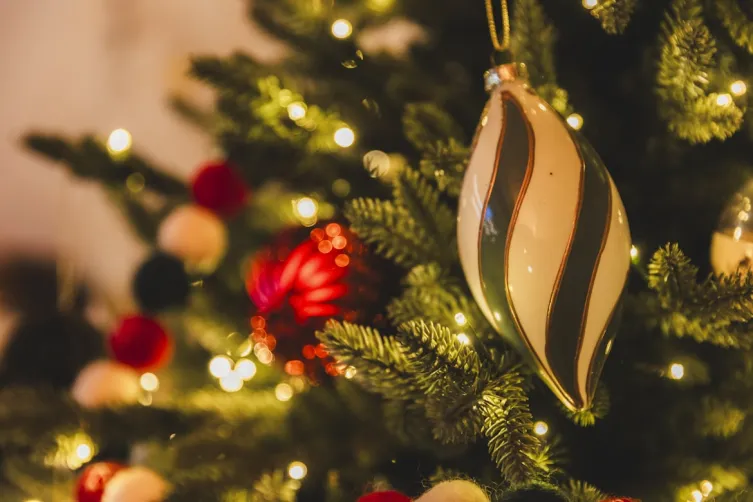
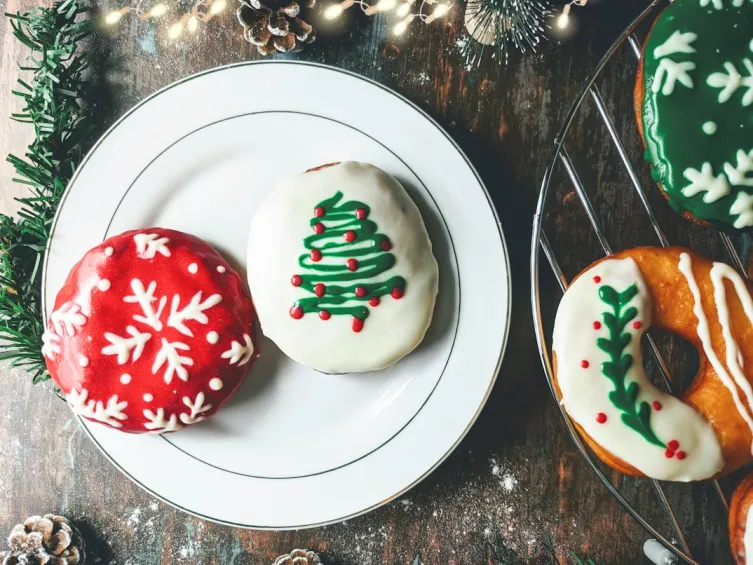
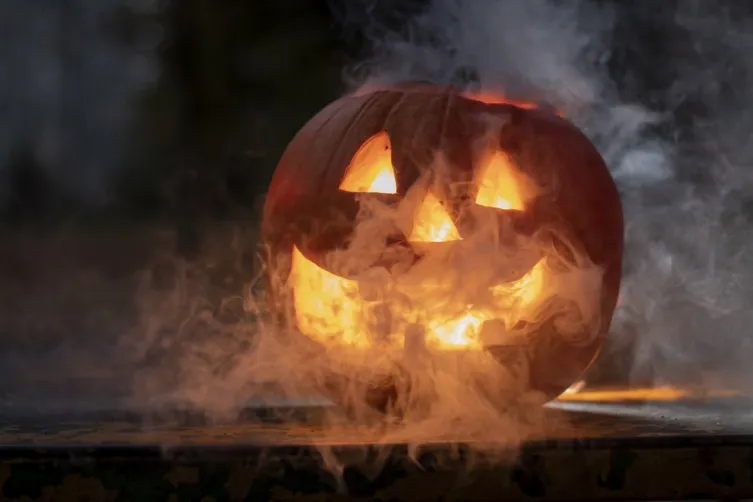
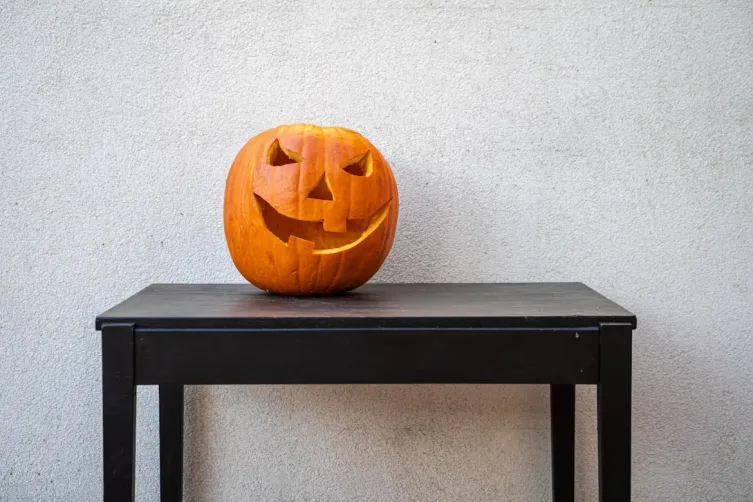
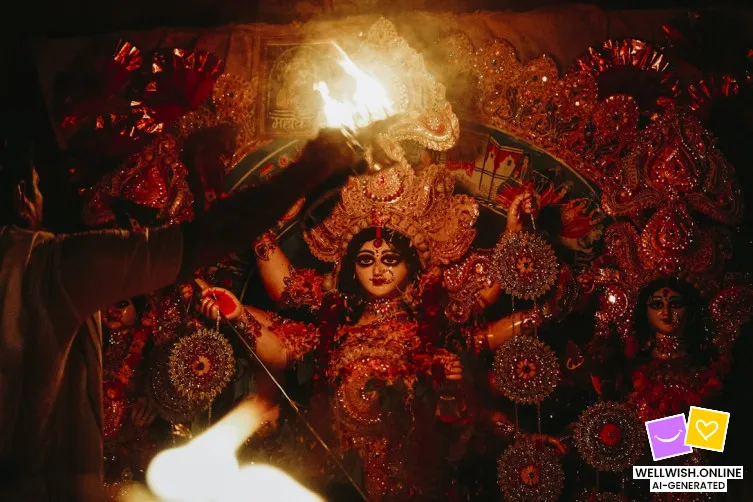
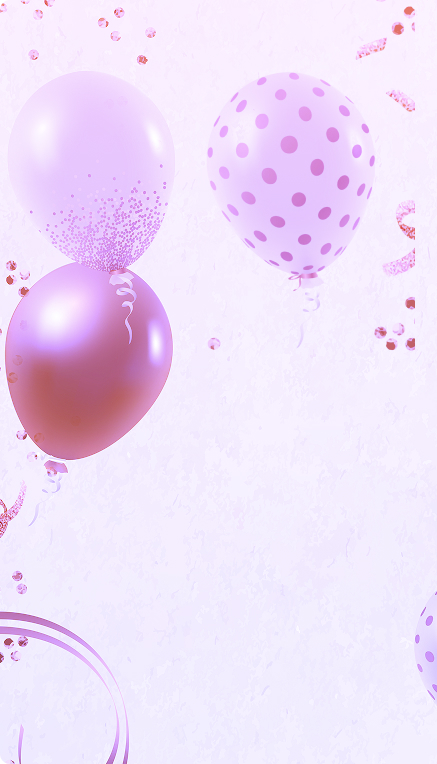
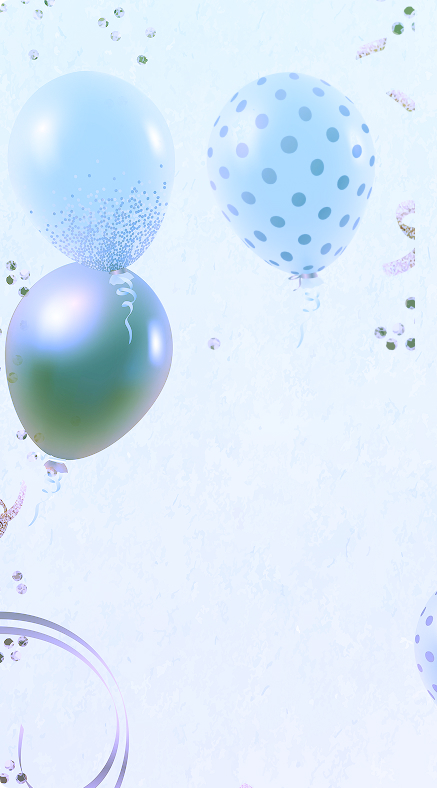
Ваш отзыв добавлен!





